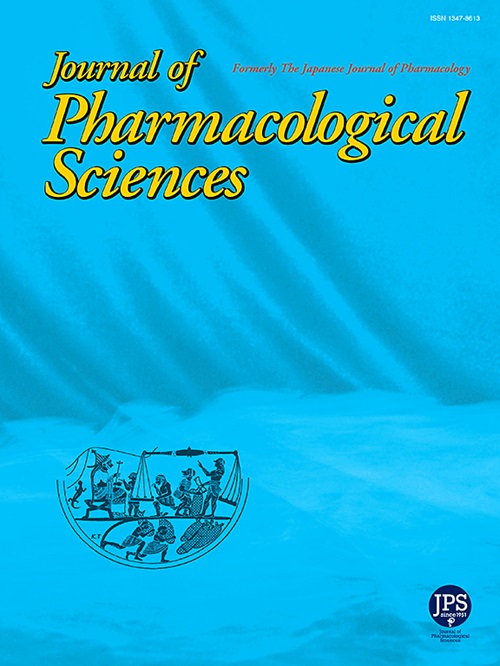Histone deacetylase inhibitors suppress retinal angiogenesis by preventing endothelial cell proliferation and accelerating VEGF degradation
IF 2.9
3区 医学
Q2 PHARMACOLOGY & PHARMACY
引用次数: 0
Abstract
Inhibitors of histone deacetylases (HDACs) suppress retinal angiogenesis by interrupting the vascular endothelial growth factor (VEGF)-mammalian target of rapamycin complex 1 (mTORC1) pathway in proliferating endothelial cells. To investigate the underlying mechanisms, we examined the effects of valproic acid (VPA) and vorinostat on the distribution of VEGF protein and phosphorylated S6 protein, an indicator of mTORC1 activity, in the neonatal mouse retina, an experimental model of retinal angiogenesis. Newborn mice were subcutaneously injected with VPA, vorinostat, or vehicle once daily from postnatal day (P) 0 to P3. Their eyes were collected at P4. Compared to vehicle-treated mice, retinal vascularization was delayed, and the number of proliferating vascular cells was reduced in front of the retinal vasculature in VPA- and vorinostat-treated mice. In P4 mice, a single injection of VPA or vorinostat reduced VEGF expression on the retinal surface at 2 and 6 h after injection. Both drugs reduced mTORC1 activity in proliferating endothelial cells. The proteasome inhibitor, MG132, suppressed the VPA- and vorinostat-induced reduction in VEGF expression on the retinal surface. These results suggest that HDAC inhibitors suppress retinal angiogenesis by preventing endothelial cell proliferation and accelerating VEGF protein degradation in a proteasome-dependent manner.
组蛋白去乙酰化酶抑制剂通过阻止内皮细胞增殖和加速VEGF降解抑制视网膜血管生成
组蛋白去乙酰化酶(hdac)抑制剂通过阻断内皮细胞增殖中的血管内皮生长因子(VEGF)-哺乳动物雷帕霉素复合物1 (mTORC1)通路抑制视网膜血管生成。为了研究其潜在的机制,我们研究了丙戊酸(VPA)和伏立诺他对新生小鼠视网膜(视网膜血管生成的实验模型)中VEGF蛋白和磷酸化S6蛋白(mTORC1活性的指标)分布的影响。新生小鼠从出生后(P) 0至P3,每天1次皮下注射VPA、伏立诺他或对照物。他们的眼睛集中在P4。VPA-和伏立诺他处理小鼠视网膜血管化延迟,视网膜血管前增殖血管细胞数量减少。在P4小鼠中,单次注射VPA或伏立诺他可在注射后2和6小时降低视网膜表面VEGF的表达。这两种药物都降低了增殖内皮细胞中mTORC1的活性。蛋白酶体抑制剂MG132抑制VPA-和伏立诺他诱导的视网膜表面VEGF表达的降低。这些结果表明,HDAC抑制剂通过蛋白酶体依赖的方式阻止内皮细胞增殖和加速VEGF蛋白降解来抑制视网膜血管生成。
本文章由计算机程序翻译,如有差异,请以英文原文为准。
求助全文
约1分钟内获得全文
求助全文
来源期刊
CiteScore
6.20
自引率
2.90%
发文量
104
审稿时长
31 days
期刊介绍:
Journal of Pharmacological Sciences (JPS) is an international open access journal intended for the advancement of pharmacological sciences in the world. The Journal welcomes submissions in all fields of experimental and clinical pharmacology, including neuroscience, and biochemical, cellular, and molecular pharmacology for publication as Reviews, Full Papers or Short Communications. Short Communications are short research article intended to provide novel and exciting pharmacological findings. Manuscripts concerning descriptive case reports, pharmacokinetic and pharmacodynamic studies without pharmacological mechanism and dose-response determinations are not acceptable and will be rejected without peer review. The ethnopharmacological studies are also out of the scope of this journal. Furthermore, JPS does not publish work on the actions of biological extracts unknown chemical composition.

 求助内容:
求助内容: 应助结果提醒方式:
应助结果提醒方式:


